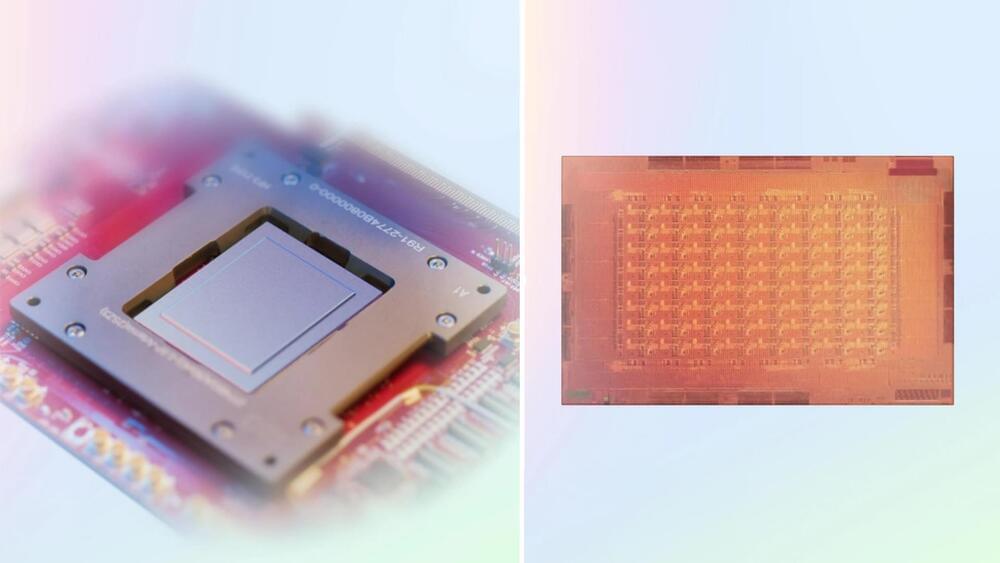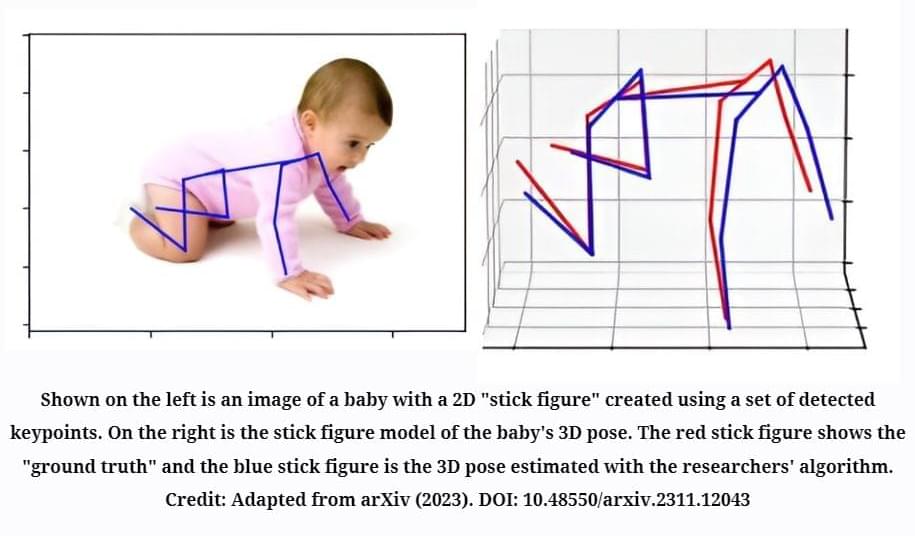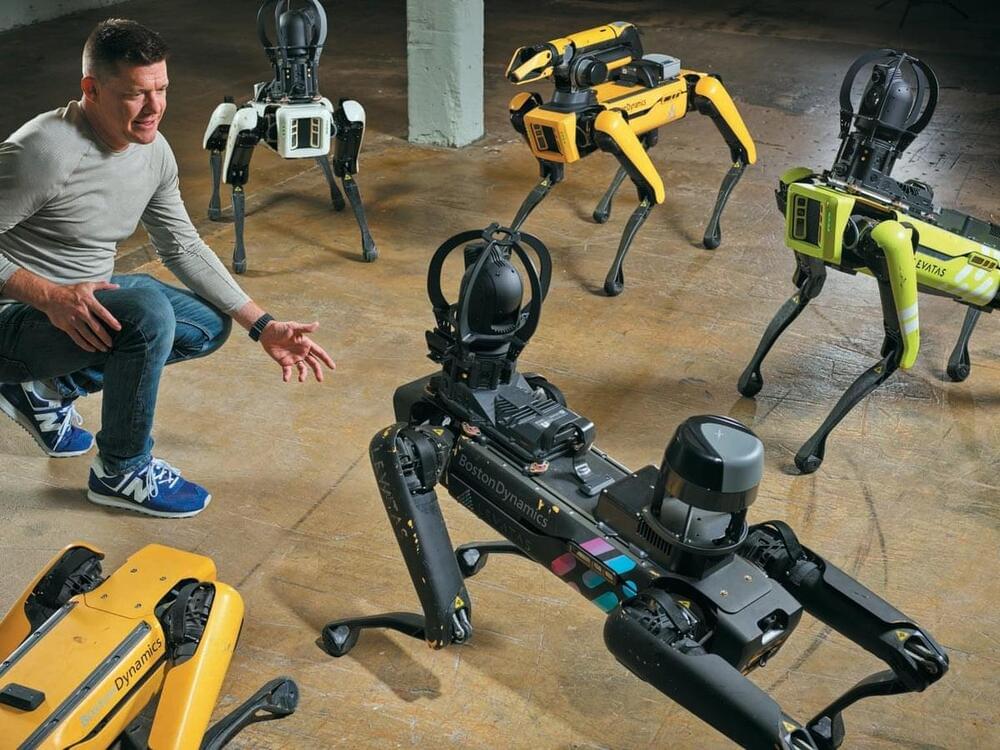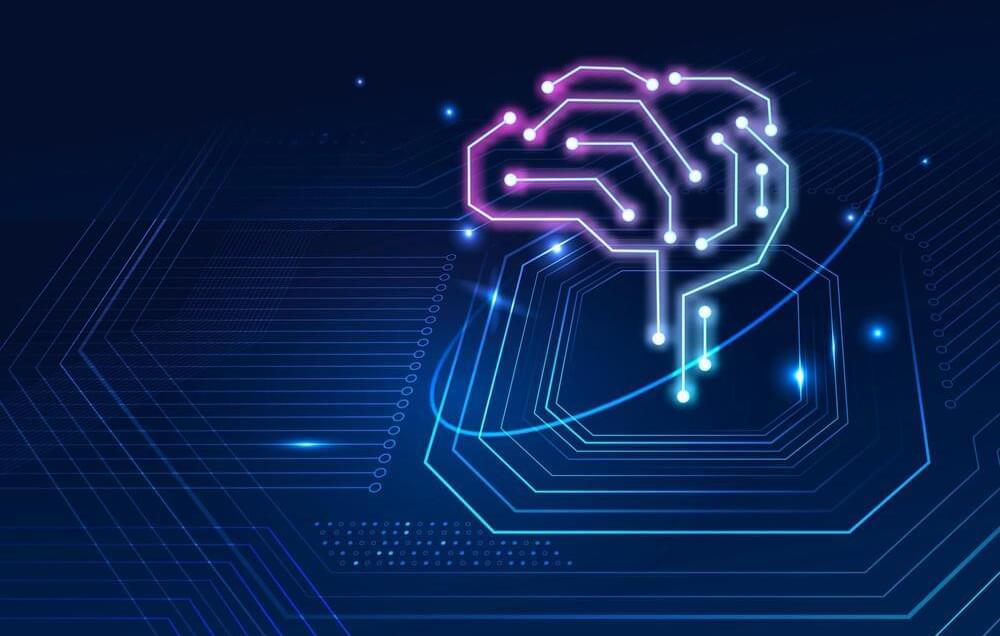The highest-level Hidra chip will power Apple’s highest-end desktop, the Mac Pro. To give you an idea of how powerful the chip might be, Apple is working to support the Mac Pro with 512 GB RAM. Unlike Intel’s processor, which allows additional memory to be added later, Apple Silicon is more deeply integrated into the processor, and therefore, the RAM options will have come from Apple itself.
With the M4 chip nearing production, Apple could unveil its new and updated Mac lineup later this year and follow it up with releases through 2025, the Bloomberg report added.
A newer lineup also gives the Cupertino-based company an opportunity to join the league of tech giants working on AI. Compared to Microsoft and Google, which have already released their AI-powered products, Apple has been a laggard in the AI space.






